Are you fascinated by the Earth's natural history? These are the geology museums you should visit in Schleswig-Holstein:
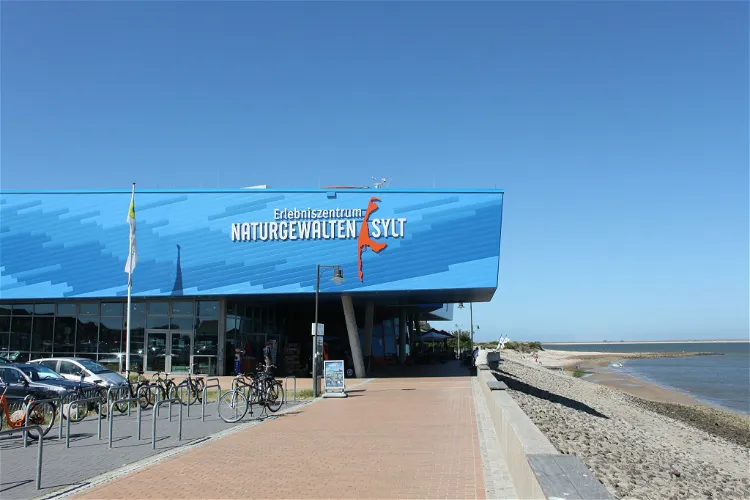
Erlebniszentrum Naturgewalten Sylt
List auf SyltThe Erlebniszentrum Naturgewalten Sylt is an exhibition and event center located in List auf Sylt. Its main goal is to represent and convey the diversity, beauty, and dynamics of the seas and coasts, as well as the experience of natural forces. This makes it an ideal destination for those interested in learning more about the natural world and its phenomena.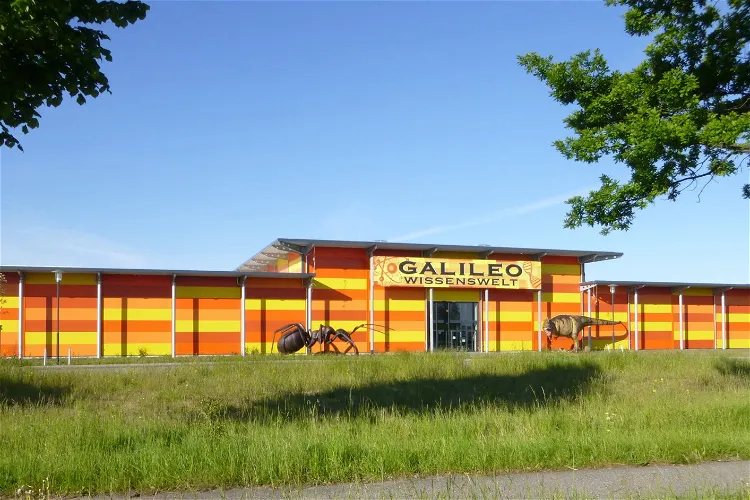
Galileo Wissenswelt
FehmarnThe Galileo Wissenswelt is a museum situated on the Baltic Sea island of Fehmarn in Ostholstein. This museum is a unique blend of a traditional collection museum and a children's and youth museum, emphasizing the concept of 'understanding through grasping'. It offers a comprehensive exploration of natural history and technology across its 3,200 square meters of space in the main building in Burg on Fehmarn.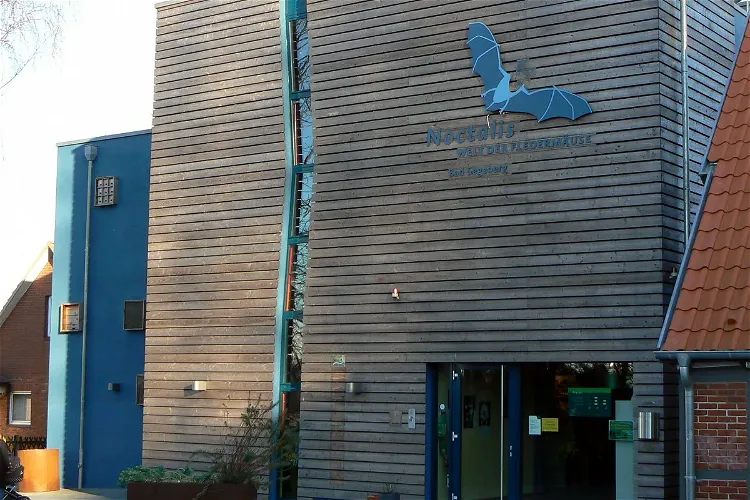
Noctalis – Welt der Fledermäuse
Bad SegebergThe Noctalis is strategically located near the natural monument Kalkberghöhle in Bad Segeberg, which is one of the largest winter quarters for bats in Germany, housing over 30,000 bats. This proximity allows visitors to the Noctalis to also explore this significant natural habitat, enhancing their understanding and appreciation of bats and their environments.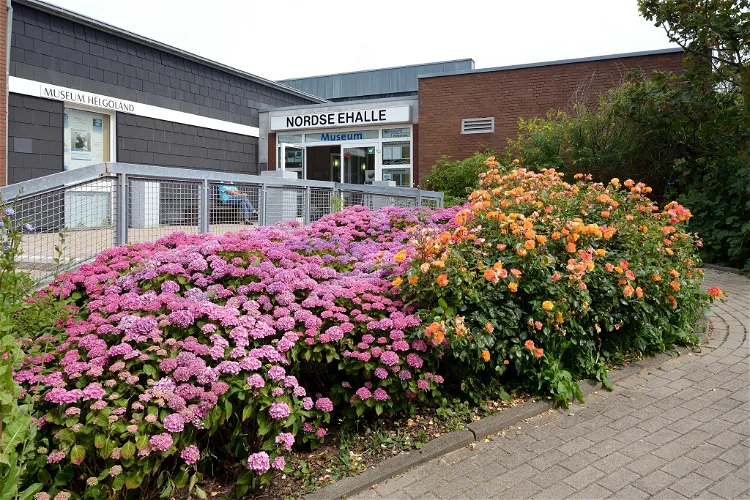
Museum Helgoland
HeligolandMuseum Helgoland is a place where visitors can delve into the natural history and local history of the island of Heligoland. The museum offers a comprehensive overview of the island's past, from its geological formation to its cultural development. It's an excellent place for those interested in learning more about the unique characteristics of this North Sea island.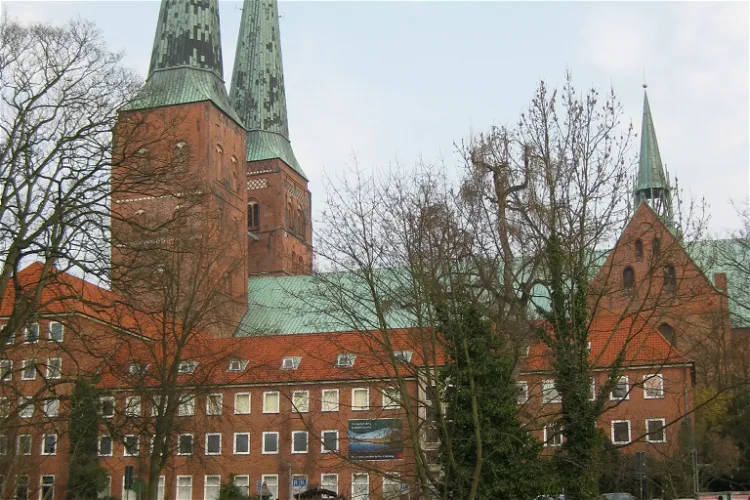
Museum of Nature and Environment
LübeckThe Museum of Nature and Environment in Lübeck is a natural history museum that was first opened in 1893. It is located in the immediate vicinity of the Lübeck Cathedral and is architecturally connected to the cathedral through a cloister. The original museum building was destroyed in a bombing raid on Lübeck in March 1942 and was rebuilt from 1951 by its director Gotthilft von Studnitz.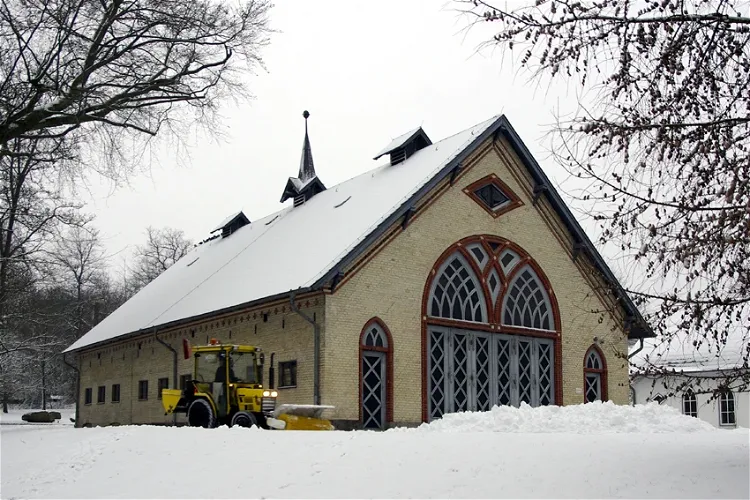
Eiszeithaus
FlensburgThe Ice Age House, located in the Coach House in Christiansen Park, serves as the geological showcase of the Natural Science Museum in Flensburg. This museum is a testament to the rich geological and paleontological history of the region, offering visitors a unique opportunity to explore the earth's history through its extensive collections.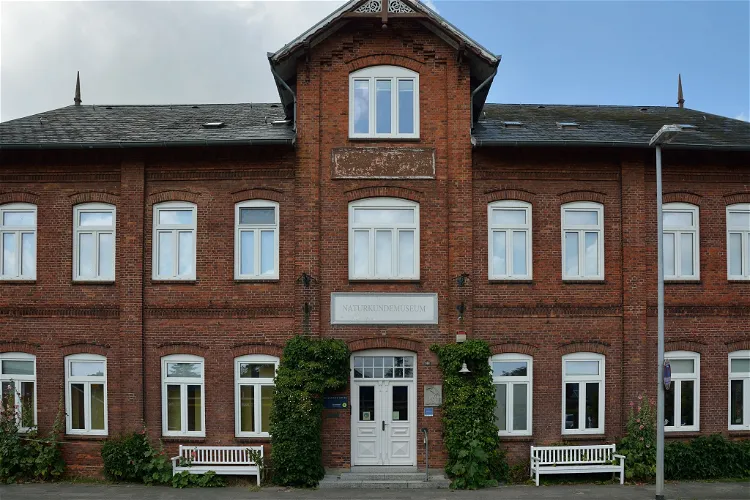
Naturkundemuseum Niebüll
NiebüllThe Naturkundemuseum Niebüll, which opened its doors in 1980, is situated in the quaint town of Niebüll, located in the far northwest of Schleswig-Holstein. This museum serves as a cross-border German-Danish interactive museum, showcasing the regional nature on both sides of the border. It is an official National Park Station, making it a significant point of interest for nature enthusiasts.- 8
artefact Glücksburg
Glücksburg (Ostsee)artefact is an international environmental education center located in Glücksburg/Ostsee, in the northern part of Schleswig-Holstein. It offers a variety of educational programs and activities for adults, children, and teenagers. The center aims to promote environmental awareness and sustainable living practices through its various initiatives.